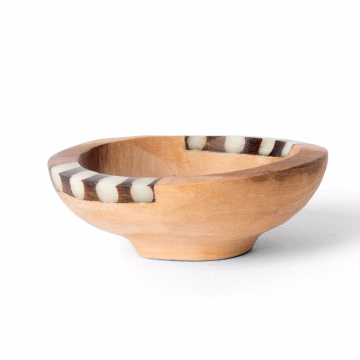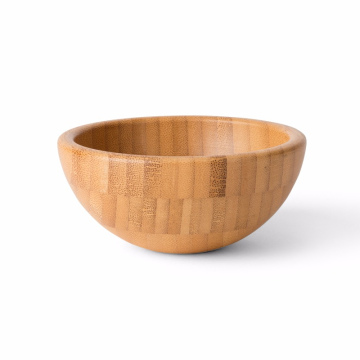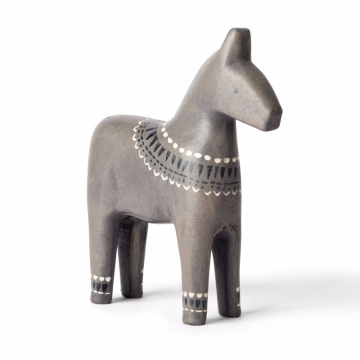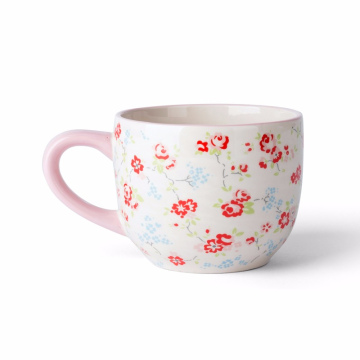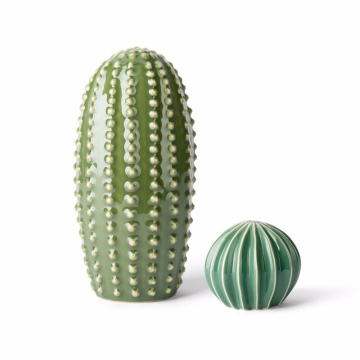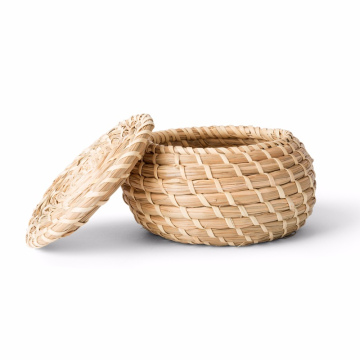The Rich History of Japanese Desserts
Japanese desserts have a profound history, evolving from ancient traditions into the diverse assortment we see today. Initially influenced by the indigenous agricultural practices, the sweets were characterized by simple ingredients such as rice and fruits. However, significant transformations occurred with the introduction of Buddhism in the 6th century. Monks brought new cooking techniques and ingredients, leading to innovations in sweet preparations, thus enriching the dessert culture.
In ancient times, the concept of sweets was closely tied to rituals and offerings. With the arrival of Buddhism, wagashi, a form of traditional Japanese confections, started to emerge. These delicacies were not only meant for consumption but also held religious significance in practices such as tea ceremonies. Wagashi typically includes items made from rice flour, bean paste, and seasonal ingredients, reflecting the profound connection between food and nature in Japanese philosophy.
The Edo period (1603-1868) marked a turning point in the evolution of Japanese sweets. During this time, urbanization spurred the popularity of sweet shops known as 'wagashiya,' which specialized in creating exquisite confections that appealed to the rising merchant class. Desserts began to incorporate more varied ingredients, and the visual aesthetics of wagashi gained importance, with elaborate designs representing the changing seasons, festivals, and cultural events.
Furthermore, the Meiji Restoration in the late 19th century opened Japan to Western influences, leading to the introduction of Western-style desserts. This resulted in the fusion of traditional Japanese elements with Western techniques, resulting in creations such as cakes and pastries that are now staples in Japanese confectionery. Despite these changes, traditional sweets retain a special place in Japanese culture, often featured in ceremonies that celebrate seasonal changes or significant life events.
Traditional Japanese Sweets: An Overview
Japanese confectionery, commonly known as wagashi, represents an exquisite assortment of traditional sweets that beautifully encapsulate the country's rich cultural heritage and appreciation for aesthetics. These desserts are often crafted for seasonal festivals and celebrations, reflecting Japan’s natural landscapes and harmony with nature. Among the most recognized types of wagashi are mochi, dorayaki, and anmitsu, each showcasing unique textures and flavors.
Mochi, a staple in Japanese sweets, is created from glutinous rice that is pounded into a sticky, chewy paste. This versatile treat can be enjoyed in various forms, often accompanied by sweet red bean paste (anko) or filled with seasonal fruits. The texture of mochi is reminiscent of the soft, billowy clouds that frequently grace Japan’s skies, embodying the significance of simplicity in Japanese aesthetics.
Dorayaki, another popular wagashi, consists of two fluffy pancakes filled with sweet red bean paste. This dessert harmoniously combines both simplicity and delight, signifying a deep-rooted tradition in Japanese kitchens. The pancake's golden-brown hue mimics the autumn leaves, symbolizing the seasonal changes so integral to Japanese culture. As people bite into dorayaki, they experience a balance of sweetness from the red bean filling and the lightness of the pancakes, enhancing the overall flavor profile.
Additionally, seasonal ingredients play a pivotal role in the creation of these traditional confections. The use of beans, rice, and fruits not only showcases Japan’s agricultural bounty but also appreciates nature’s cycles. The craftsmanship involved in making wagashi requires extensive skill and patience, as artisans mold each piece with meticulous detail, echoing a legacy of harmony and beauty. Such dedication ensures that wagashi remains a beloved cultural treasure, inviting both locals and visitors to partake in a sweet journey through Japan’s dessert landscape.
Modern Takes on Japanese Desserts: Innovating Tradition
In recent years, Japanese desserts have undergone significant transformation, reflecting a blend of traditional techniques and contemporary culinary innovation. Contemporary chefs and artisans are reimagining classic sweets, incorporating Western ingredients and methods while maintaining the essence of Japanese flavors. This evolution has given rise to a captivating array of fusion desserts that appeal to both domestic customers and international audiences.
One of the most notable trends in this realm is the emergence of dessert cafés that specialize in modern interpretations of traditional Japanese sweets. These establishments often feature offerings such as matcha-flavored pastries that combine the rich, earthy tones of matcha with the fluffiness of Western cakes, offering a delightful contrast to more conventional treats. Chefs are experimenting with textures and presentations, transforming classic desserts like dorayaki and daifuku into sophisticated confections that resonate with contemporary aesthetics.
Another innovative direction is the adaptation of flavors traditionally associated with Japanese cuisine into Western forms. For instance, the Japanese cheesecake—characterized by its light, airy texture—has gained immense popularity overseas. Modern bakers are now incorporating unique flavors like yuzu and black sesame, marrying them seamlessly with Western baking techniques to create unique desserts that pay homage to their heritage while appealing to modern palates. Furthermore, the rise of fusion desserts continues to cultivate an environment where traditional Japanese sweets integrate with global influences, encouraging culinary experimentation.
As these innovative approaches gain traction, Japanese desserts are not only retaining their cultural significance but also evolving to accommodate the tastes and preferences of a new generation. The dynamic interplay of tradition and innovation serves to enrich Japan's dessert culture, inviting enthusiasts to explore a diverse range of sweet delights that represent a harmonious blend of the past and present.
Experiencing Japanese Dessert Culture: Where to Indulge
Japan boasts a vibrant dessert culture that is deeply intertwined with its historical and regional traditions. To truly immerse oneself in this sweet experience, it is essential to visit some of the country’s renowned dessert hotspots. One such area is Kyoto, famous for its traditional tea houses offering matcha desserts and wagashi. These confections, often beautifully crafted, are served alongside tea ceremonies, providing not just a culinary experience but also a cultural one.
Tokyo, the bustling capital, presents a modern twist on Japanese sweets. Visitors can explore dessert cafes in districts like Harajuku and Shibuya, where innovative dessert creations unveil the fusion of traditional and contemporary flavors. Must-try treats include soft-serve ice cream adorned with various toppings and intricate chiffon cakes that melt in your mouth. Another regional specialty is the seasonal sakura mochi found in spring, which embodies the beauty of cherry blossoms in both flavor and presentation.
When visiting Hokkaido, one cannot overlook the region’s dairy products, which inspire sumptuous desserts like rich cheese tarts and creamy gelato. Additionally, the local strawberry shortcake is celebrated for its fresh ingredients, highlighting the importance of seasonal produce within Japanese dessert culture. Each area has its distinct offerings, making it essential to sample local specialties as part of your sweet journey.
To fully engage in this cultural experience, one should adhere to the customs associated with enjoying sweets. For instance, it is customary to express gratitude before enjoying a meal or dessert with phrases such as "itadakimasu." Furthermore, participating in dessert-making workshops can provide invaluable insights into the traditional techniques and seasonal ingredients that characterize Japanese sweets. Engaging with local chefs not only enhances your understanding but also deepens the appreciation for Japan’s dessert artistry.

